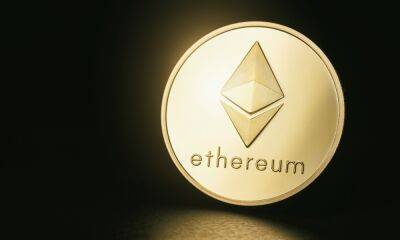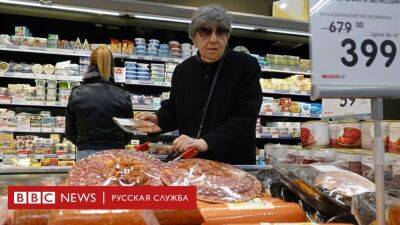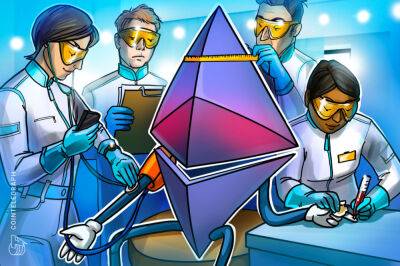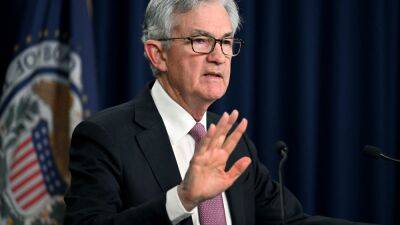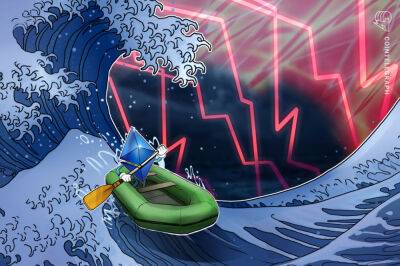Robinhood CEO Steps on the Same Old Rake with Idea to Increase Dogecoin Block Size
Vlad Tenev, co-founder and CEO of the popular trading app Robinhood, shared a new old solution for increasing dogecoin (DOGE)'s throughput – and the community doesn’t seem impressed.
In a Twitter thread, Tenev said that he’s been “thinking about what would [it] take” for DOGE to “truly be the future currency of the Internet and the people.”
He goes on to claim that the first condition – “vanishingly small” fees – has already been fulfilled. And then he came to the block part of his discussion. Block time of one minute, he argues, is “a bit on the longer side” for payments, with ten seconds or less being more appropriate.
With that block time and 1MB block size, its throughput is about 40 transactions per second (tps), he said, while Visa’s network can theoretically handle 65,000 tps – and Dogecoin needs to surpass Visa, by increasing throughput by at least 10,000x.
Tenev, however, says that there is a simple solution, without employing Layer 2 (L2) solutions (those built on top of Dogecoin as Layer 1), writing:
“Fortunately, this is easy to solve simply by increasing the block size limit. […] Dogecoin core devs, I would focus on one thing: coming up with a good process for increasing the block size limit over time.”
Many were quick to comment that “We had this debate and big blocks lost.” User ‘MarinoBTC’ opined: “Keep the base layer prestine building on top and never sacrificing layer 1.”
Popular bitcoin (BTC) investor WhalePanda opined that this is a case of someone hearing about a project for the first time and thinking they have a solution for its issues. “I wonder if [Tenev] has heard about BSV that thought of this first. The classic "I've just heard about Bitcoin (or in this case Dogecoin) and I'm here to fix it",” the
Read more on cryptonews.com




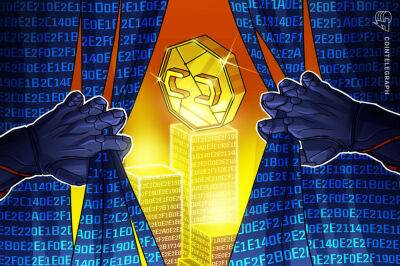

![Litecoin [LTC] investors could watch out for these levels in weeks ahead](https://finance-news.co/storage/thumbs_400/img/2022/5/13/25432_6de.jpg)

![Polkadot [DOT] enters critical support level, should investors bet on it](https://finance-news.co/storage/thumbs_400/img/2022/5/13/25430_1pmf8.jpg)
